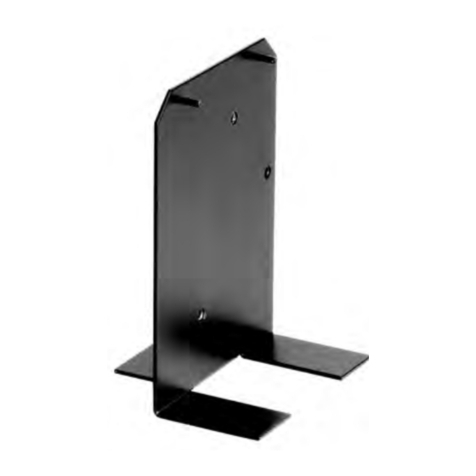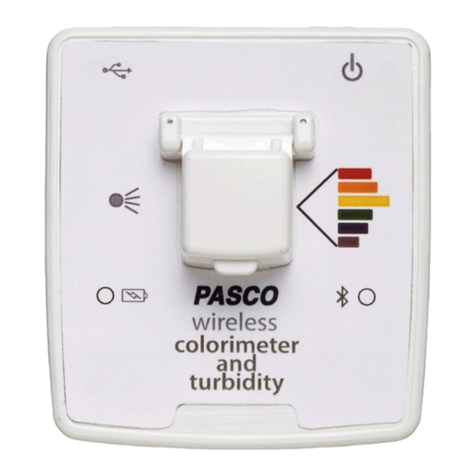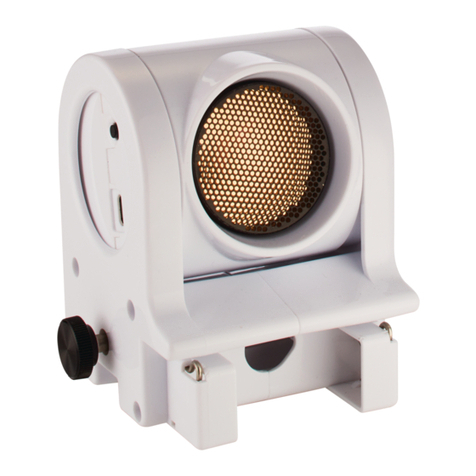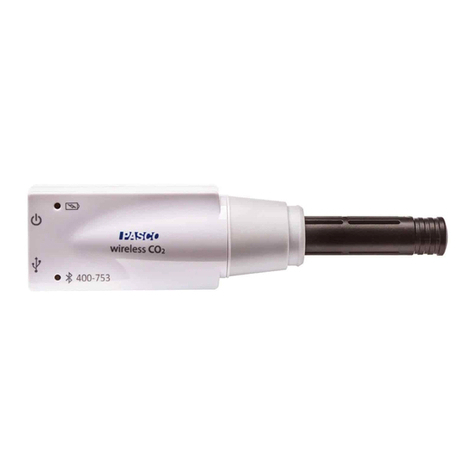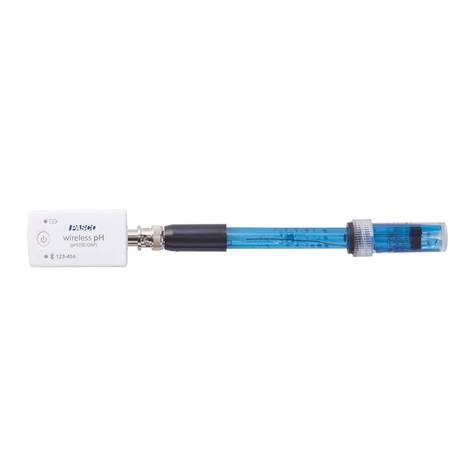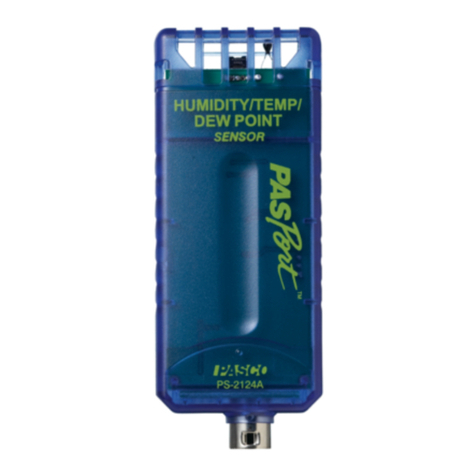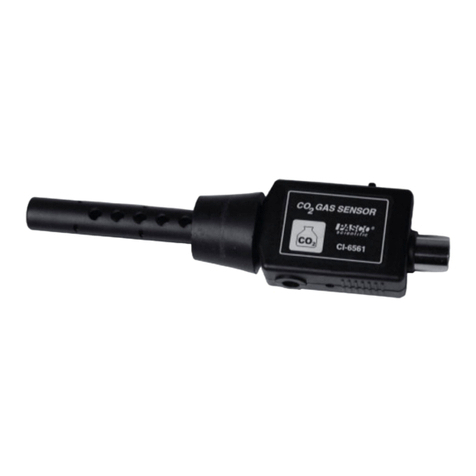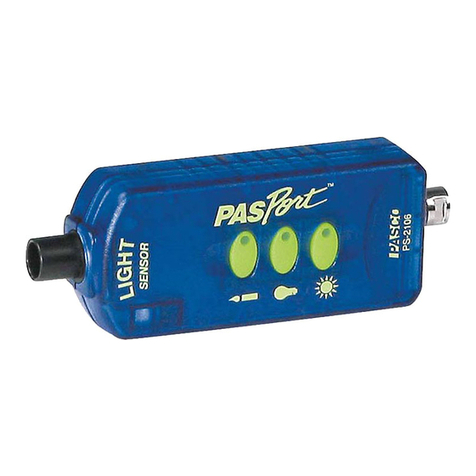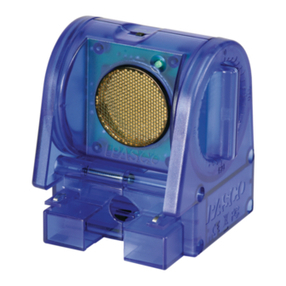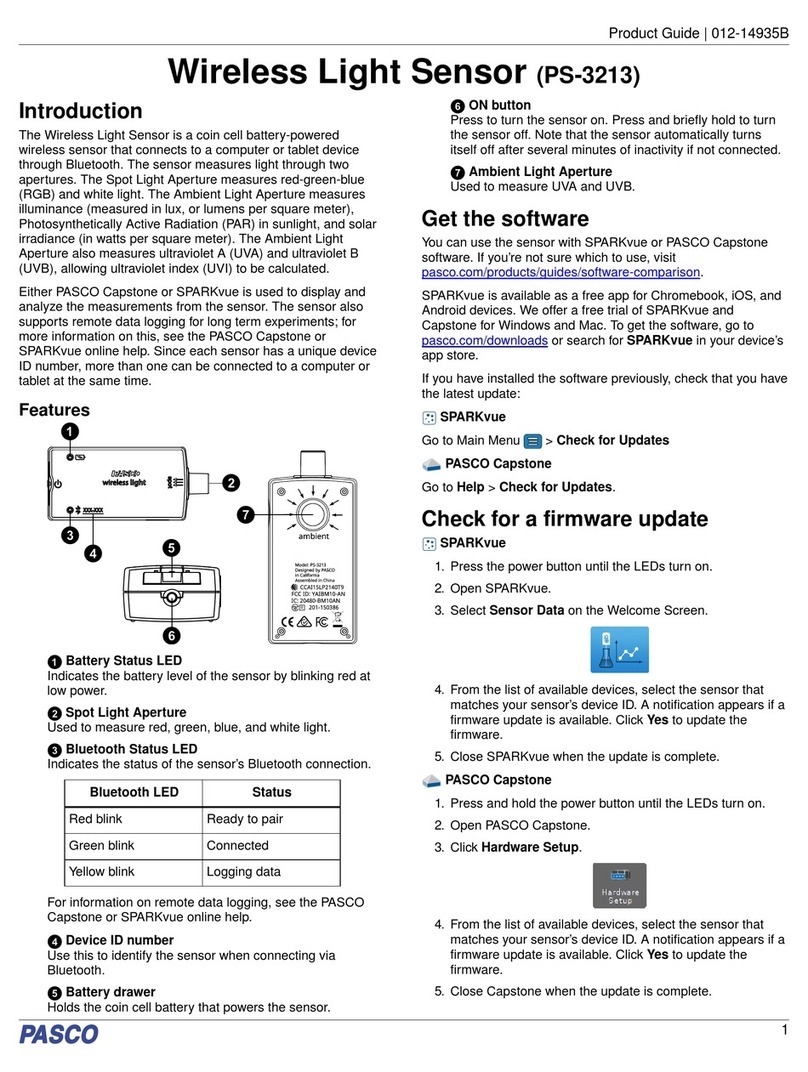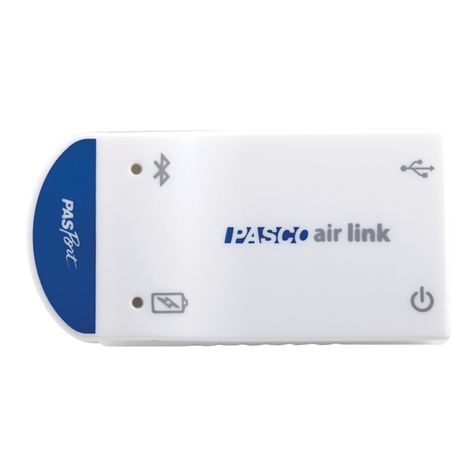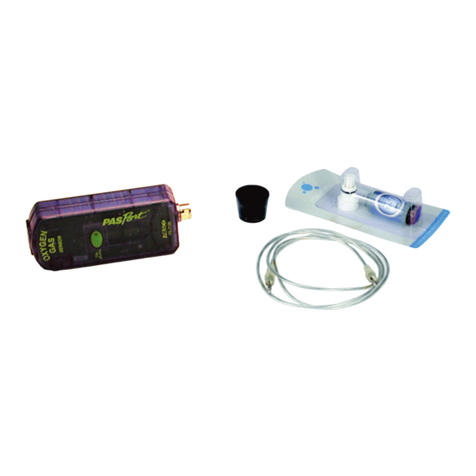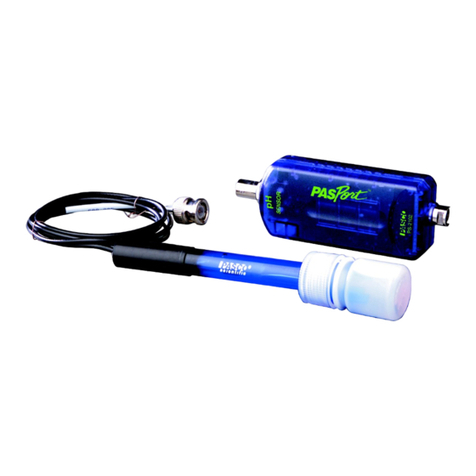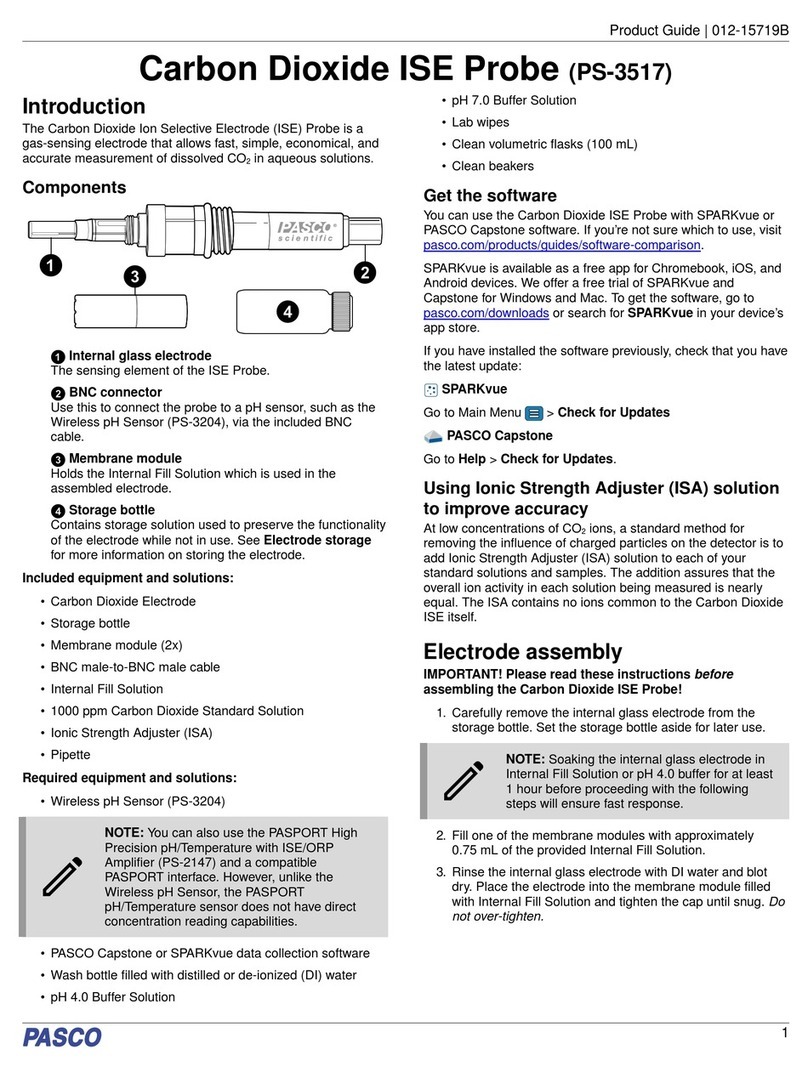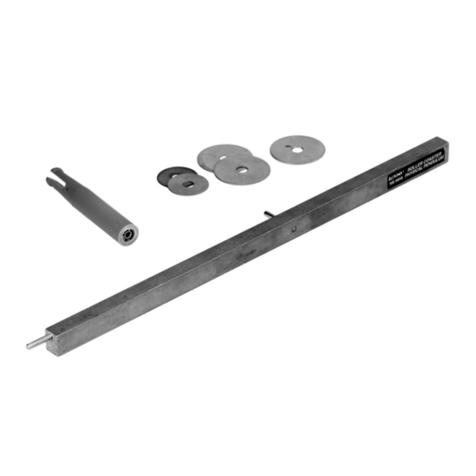
PS-3517 Introduction
3
012-15719A
Software Help
See the SPARKvue Help or PASCO Capstone Help for
information about collecting, displaying, and analyzing
data.
• In SPARKvue, select the HELP button in any screen
including the Home Screen.
• In PASCO Capstone, select PASCO Capstone Help
from the Help menu, or press F1.
Checking Electrode Operation (Slope)
1. Connect your electrode to the input connector on the
Wireless pH /ISE/ORP Sensor (or other measuring
device).
2. Place 100 mL of DI water into a 150 mL beaker. Add
1 mL Carbon Dioxide ISA to the DI water and stir
throughly. Check the pH of the solution with the
Wireless pH/ISE/ORP Sensor or a piece of lab pH
paper.
• The pH value must be below pH 4.0. Otherwise, add
Carbon Dioxide ISA in 1 mL increments until the pH
value is below pH 4.0.
3. Rinse the electrode with DI water, blot dry, and
place it in the beaker with the prepared solution.
• To prevent air entrapment on the membrane
surface, use an electrode holder that keeps the
electrode at a 20 degree angle.
4. Begin recording. Add 1 mL of 1000 ppm Carbon
Dioxide Standard Solution into the beaker. Stir thor-
oughly, then record the potential (E1) in mV when a
stable reading is displayed.
5. Pipet 10 mL of the same standard solution into the
beaker. Stir thoroughly. When a stable reading is
displayed, record the potential (E2) in mV.
6. The difference between the first and second poten-
tial readings, (E2-E1), is defined as the electrode
slope. The normal range for the slope is 52 to 60 mV
at 25°C.
Troubleshooting
If the electrode slope is not within the normal range
stated above, or the electrode mV reading drifts, the
Reference Fill Solution may need to be replenished.
Hold the electrode body with one hand, and then gently
pull the cable. Release the cable. Fresh fill solution will
now occupy the space between the tip of the inner glass
body and the membrane. If this procedure does not
restore electrode response, follow the steps below:
1. Check the slope of the internal glass electrode.
Remove the internal glass electrode from the
electrode body. Connect the internal glass
electrode to the Wireless pH Sensor or to a pH/mV
meter. Put the internal glass electrode in pH 7.00
buffer. The annular ceramic junction should be
immersed in the solution. Record the reading in mV
when it is stable. Remove the internal glass
electrode from pH 7.00 buffer. Rinse with DI water,
blot dry and put it in pH 4.01 buffer. Record the
reading in mV when it is stable. The reading in pH
7.00 should be 0 + 25 mV. The millivolt difference in
the two buffers should be greater than 168 mV. (If
the difference is less than 160 mV, contact the man-
ufacturer).
2. If the internal glass electrode functions properly, but
the completely assembled electrode does not
function properly in the standards, replace the Elec-
trode Body with a new one. Unscrew the Electrode
Body from the cap. Get the extra Electrode Body
from the plastic bag. Install the new Electrode Body.
Follow the procedures described in “Electrode
assembly” and “Checking electrode operation
(slope)” again.
If the electrode still does not operate properly, contact
the manufacturer.
3. Repeat "Checking Electrode Operation" procedure
again. Note: All standard solutions should be
prepared fresh. For best performance use ISA in all
solutions.
Reading a Sample with the Electrode
Various procedures may be used to determine the
concentration of a sample. The most common is the
Direct Calibration method, which is described below.
Contact PASCO's Technical Support department for
details of other methods.
In Direct Calibration a series of standard solutions of
differing concentrations is used to calibrate the
electrode. Then each sample requires only a single
measurement device reading, which is compared with
the calibration readings to obtain the sample
concentration. ISA is added to all solutions to ensure the
samples and the standards have the same ionic
strength.
Set up:
1. Prepare the electrode as described in "Electrode
Assembly" and "Checking Electrode Operation".

